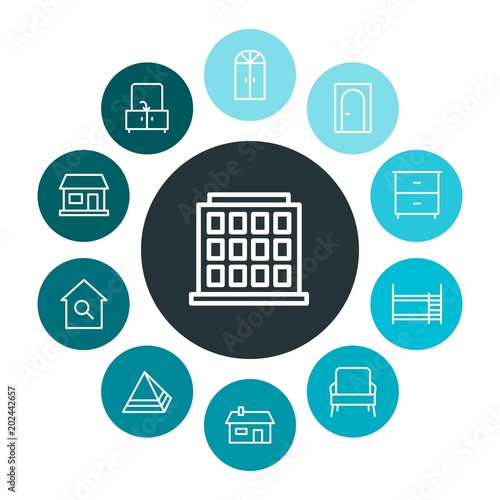Reveal The Fascinating Exploration Of Restoring Old Closets, Discovering Failed To Remember Tales And Unraveling The Enigmas Of Yesteryears
Reveal The Fascinating Exploration Of Restoring Old Closets, Discovering Failed To Remember Tales And Unraveling The Enigmas Of Yesteryears
Blog Article
Post Written By-Stephenson Obrien
To begin the journey of bring back antique cabinets, you require a keen eye for information. Visualize discovering surprise tricks within each layer of background embedded in the wood. Image https://felixwfpxe.mybuzzblog.com/7359256/discover-the-power-of-personalized-home-style-with-a-custom-closet-manufacturer of reviving a once-forgotten item to its former splendor. Every step of this meticulous procedure holds the essential to protecting the past while creating a future antique. So, are you ready to embark on this transformative venture and unlock the possibility of your antique cupboards?
Examining the Closet's Problem
When starting the remediation process, start by evaluating the condition of the antique cabinet. Very carefully take a look at the overall framework for any signs of damages such as cracks, chips, or loose joints. Inspect the timber for any rot, bending, or insect problem that may have occurred over time. It's critical to figure out the extent of the repair required before continuing better.
Next, inspect https://loweskitchenremodelingser26531.ziblogs.com/27908617/yearning-for-the-suitable-wood-for-your-custom-cupboards-explore-the-variables-that-form-your-choice-and-change-your-room-with-the-excellent-option as hinges, knobs, and locks. Make note of any type of missing pieces or components that need repair service or replacement. Make sure that all equipment is functioning properly and firmly affixed to the cabinet.
In addition, review the cupboard's finish. related webpage for any scrapes, discolorations, or discoloration that may affect the visual appeal. Identify if the surface requires to be removed and reapplied or if a simple touch-up will be adequate.
Collecting the Necessary Tools and Products
After examining the condition of the antique cupboard, the following action is to gather the necessary devices and products for the repair procedure. Prior to you start, guarantee you have the complying with items available:
- timber cleaner
- sandpaper in different grits
- timber filler
- paint or timber stain
- brushes
- gloves
- security goggles
- a dust mask
- a drop cloth
- a putty blade
- a hammer
- a screwdriver
- a vacuum cleaner
These devices and products are important for an effective remediation.
Wood cleaner is important for eliminating years of dust and grime accumulation, preparing the surface area for sanding. Sandpaper of various grits helps in smoothing out flaws and preparing the wood for a new finish. Timber filler is handy for fixing any kind of splits, holes, or dents existing in the cabinet.
Paint or wood tarnish, in addition to brushes, enable you to tailor the cabinet to your choice. Remember to use gloves, safety goggles, and a dust mask for defense. Set a drop cloth to secure your workplace, and make use of a vacuum to tidy up any type of debris.
With these tools and products gathered, you're ready to begin the restoration process.
Implementing the Restoration Process
To effectively carry out the reconstruction procedure on your antique closet, start by completely cleaning up the surface with the timber cleaner. This step is essential as it helps remove years of dirt, grime, and old polish that might have built up on the surface.
Once the cupboard is tidy and dry, evaluate the condition of the timber. Seek any fractures, scrapes, or various other damages that require to be addressed. Use timber filler to fix any blemishes, making sure to match the filler color to the timber tone for a seamless surface.
After the fixings have dried out, delicately sand the whole surface to develop a smooth and also base for the new surface. Beware not to sand as well strongly, as you don't intend to harm the timber underneath.
Once the sanding is complete, apply a timber stain or end up of your choice, adhering to the manufacturer's instructions. Allow the coating to completely dry totally prior to applying a safety leading layer to make sure the longevity of your recovered antique cupboard.
Conclusion
Since you have actually finished the remediation procedure, your antique cabinet looks like brand-new.
By adhering to the step-by-step guide, you had the ability to analyze, repair, and boost its problem easily.
With a fresh finish and safety leading layer, your valued item will certainly continue to beam for many years to come.
Take pleasure in the charm of your restored antique cabinet!
